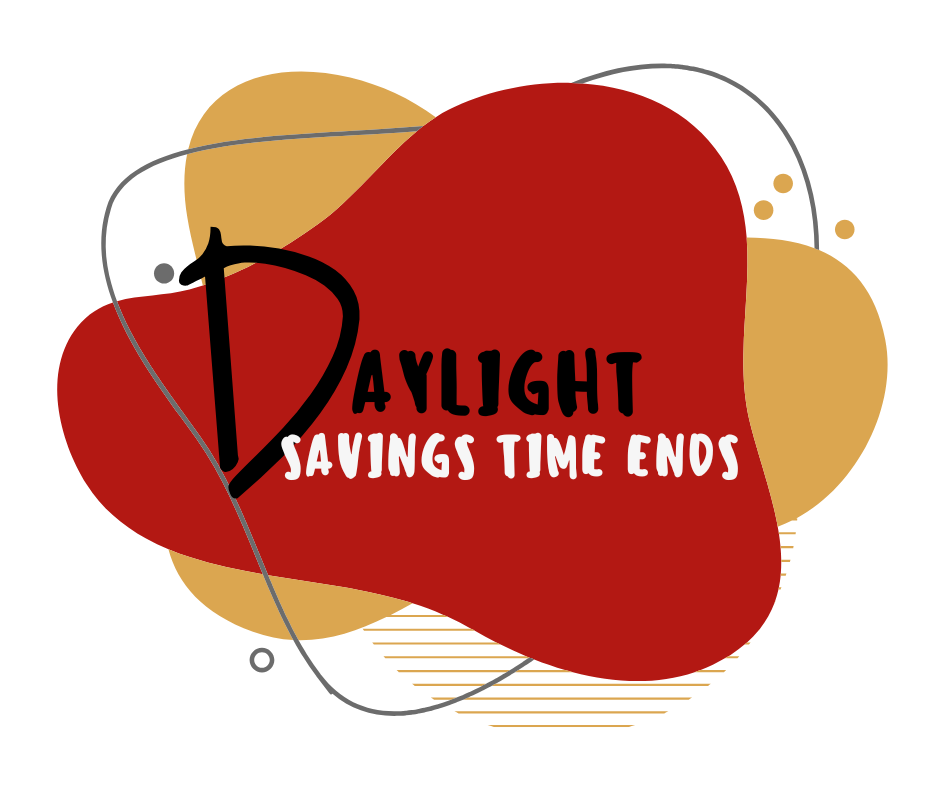As the leaves start to turn and the wind blows colder, Daylight Saving Time will come to an end, also known as “Fall back.” On November 3, 2025, at 2:00 A.M, time will be set back one hour to 1:00 A.M, effectively gaining an extra hour of sleep for that night. This change brings more light to the morning and earlier sunsets in the evening, and noticeably more daylight in the mornings.
While it may seem like an inconvenience to some, it does come with plenty of benefits for our health, economy, and overall well-being.
The end of daylight saving time is often met with mixed feelings. On one hand, the allure of an extra hour of sleep is appealing to most, especially as it starts to get darker sooner. Studies done by the Sleep Foundation have shown that this additional hour of sleep can lead to improved mood, increased alertness, and a reduction in stress levels due to the fact that the human circadian rhythm is dependent on light exposure, synchronizing with nature, and regulating sleep. Adjusting our time to match our natural sleep patterns is overall more beneficial.
However, it was also found that the sudden change in our daily schedule can also result in temporary sleep disturbances and feelings of disorientation. But in exchange for a temporary fault, there are long-term benefits.
Outside of personal impacts, the end of Daylight Saving Time also brings societal benefits, such as smoother traffic and lower energy consumption levels.
Regardless of personal opinions, be prepared to change your clocks!
–Signing off
Karmain Pollan

